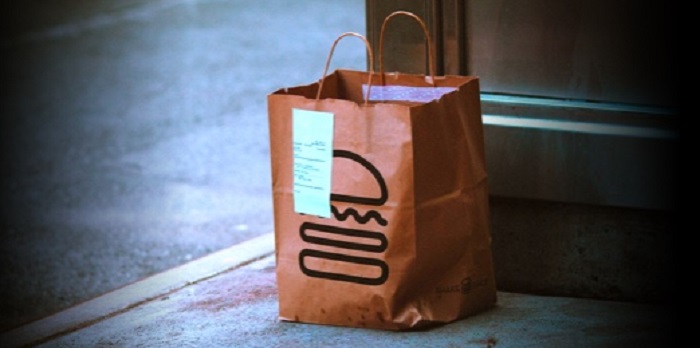
Restaurants might have reopened in 2021, but people decided they liked ordering in anyway. App makers responded with 10 minute deliveries – and the category hit new heights.
In 2021 the phrase ‘fast food’ took on a new meaning. The 2020 lockdowns had propelled the emerging habit for home delivery. In March 2020 global weekly sessions on Food and Drink apps stood at 1.9 billion. By December 2021 they had scaled to 4.4 billion.
So when suppliers began to offer deliveries in 10 minutes, hungry consumers got their knives and forks out. This was truly fast food.
In data.ai’s State of Mobile 2022 report, we can see the impact of this market innovation. Germany-based Gorillas and Flink were among many ‘instant delivery’ specialists that benefited from the market evolution. Each of them saw their apps downloaded over 1 million times in Q4 2021 alone.
Turkish delivery company Getir was another. Thanks largely to its leadership in instant delivery, it hit nearly 7 million downloads worldwide in Q4 2021, up 105% from Q3. Acquisitions played their part too. Getir acquired UK-based rival Weezy in November just weeks before starting operations in the US. It ended 2021 with services in Chicago, NYC and Boston.

User Sessions in Food and Drink Apps Up 69% for the Year
The instant delivery boom was just one facet of a flourishing Food and Drink app space.
Despite the gradual re-opening of bars and restaurants, both the supply and the demand for digital alternatives grew prodigiously in 2021. Data.ai’s State of Mobile 2022 report shows that global user sessions in Food and Drink apps stood at 37 billion in Q4 2020. They had risen to 62 billion by Q4 2021. That’s a rise of around 69%.
However, dig deeper into the numbers and we can see that specific regions powered this growth. Russia recorded the biggest YoY rise, going from 832 million sessions in Q4 2020 to 2.1 billion a year later. Meanwhile, after a two quarter decline in user sessions due to logistics issues, India bounced back from 7.2 billion user sessions to 12.1 billion sessions in a year. Brazil, Indonesia and the US also recorded strong YoY rises.

Competition Intensifies Among the Global Food and Drink App Brands
The pandemic hit ride hailing companies hard. To mitigate this risk, these businesses doubled down on their activity in the food delivery space.
Uber did so more than most. In its 2021 financials the company disclosed that its annual delivery revenues hit $13 billion – $2 billion more than its revenues from ride hailing. It now has more than 825,000 delivery merchants.
data.ai’s State of Mobile 2022 report further reveals the impact of Uber’s aggressive push into the space. Its app scored at #1 or #2 in the 2021 Food and Drink app chart by MAU (monthly active users) across 8 countries. Uber’s big competitor Grab was #1 by MAU in six regions, while Foodpanda was at #1 or #2 in five.
Apart from food delivery apps, consumers also spend time in QSR (quick service restaurant) products. Burger King, Papa Johns and KFC also feature prominently across all regions, but McDonalds was the most popular. Its app was the third most downloaded of all Food and Drink products for 2021 worldwide.

Too Good To Go Takes the Food and Drink Category Into a New Direction: Sustainability
For the moment, speedy home delivery and QSRs are the twin forces driving the Food and Drink app space. But consumer habits change fast. And one to watch is sustainability.
As evidence of this, consider the example of Too Good To Go (TGTG).
This Denmark-based business offers an app that lets consumers buy heavily discounted leftover food from restaurants and grocery stores. They can select by food type but they don’t know exactly what is in the ‘Surprise Bags’ until they collect them.
TGTG had a stellar 2021. In data.ai’s global downloads charts, Too Good To Go broke into the top 10 as the only anti-food waste app — among well-established giants of food delivery and fast food. It ended the year present in 17 countries and with more than 110,000 global partners – from giants like Pret in the UK and SPAR convenience stores and markets across Europe to smaller players like Maison Parisienne in Chicago and Brooklyn Fare in New York.
The company says headline numbers are as follows:
To learn more about the data behind this article and what AppAnnie has to offer, visit www.appannie.com.







Sign up to receive our stories in your inbox.
Data is changing the speed of business. Investors, Corporations, and Governments are buying new, differentiated data to gain visibility make better decisions. Don't fall behind. Let us help.













Sign up to receive our stories in your inbox.
Data is changing the speed of business. Investors, Corporations, and Governments are buying new, differentiated data to gain visibility make better decisions. Don't fall behind. Let us help.





